I think it was around half past 6, I was already pretty exhausted (and a little bit wet, which I didn´t mind after the heatwave back in Vienna) but still, there was the one “thing” I didn´t want to miss – the Victorian cemetery Necropolis, up on a hill next to the Cathedral of Glasgow.
In 1650 the Merchants’ House bought the land, part of the estate of Wester Craigs, now known as the Glasgow Necropolis. As the west side was rocky and not able to be developed it was subsequently planted with fir trees and became known as Fir Park. However, in 1804, the Scots Firs in the park started to die and were replaced by mainly elm and willow and the area became a Victorian park and arboretum. In 1825 the foundation stone of the John Knox monument was laid in Fir Park. (Friends of Necropolis)
In 1831 the idea of transforming Fir Park into a Père Lachaise kind of cemetery was set into action by advertising a competition for the conversion in the newspapers. David Bryce of Edinburgh and his brother John Bryce of Glasgow won the first and second price, but the actual work was done by the landscape gardener George Mylne.
So far the parish church had been responsible for burying the dead but with fewer people attending church, alternatives were needed. The laws were changed and “burial for profit” allowed. The Cemeteries Act was passed in 1832 and Necropolis officially opened in 1833.
This burial ground was always intended to be interdenominational and the first burial in 1832 was that of a Jew, Joseph Levi, a jeweller. In 1833 the first Christian burial was of Elizabeth Miles, stepmother of the Superintendent, George Mylne. After 1860, the first extensions east and south were to take up the Ladywell quarry and in 1877 and 1892/3, the final extensions to the north and south-east were constructed, doubling the size of the cemetery. (Friends of Necropolis)
Over the years 50.000 burials have taken place and 3500 tombs have been built.
Even on such a dreary day, it was lovely to walk around Necropolis, even if you don´t have that soft spot for beautiful cemeteries like I have. The view towards the city and cathedral isn´t too bad either.
Necropolis is laid out like an informal park, the path slowly goes uphill to the summit where the (predated) John Knox monument is surrounded by larger monuments.

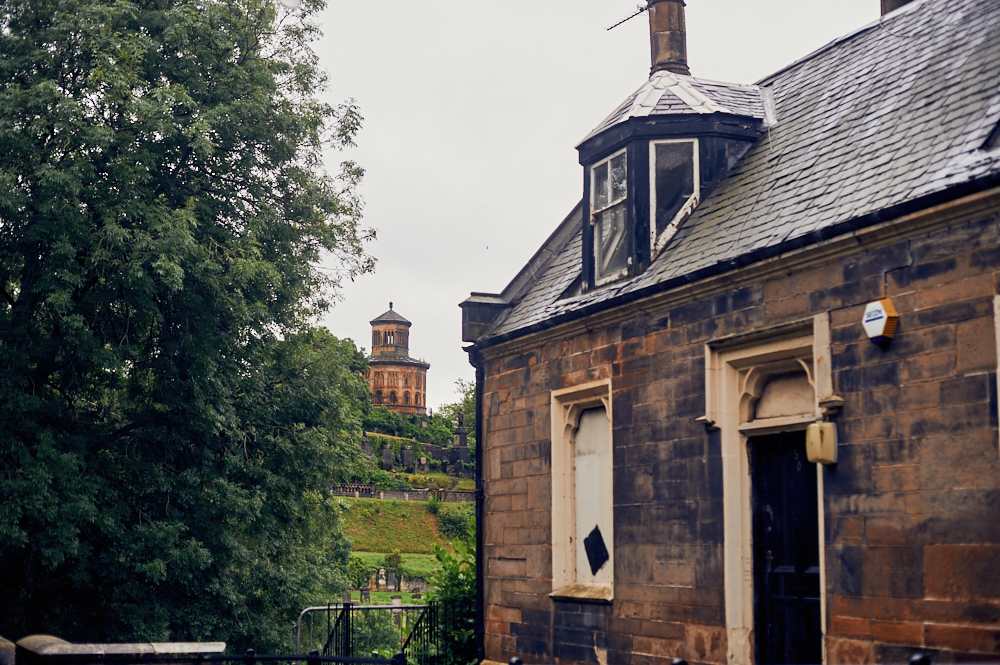
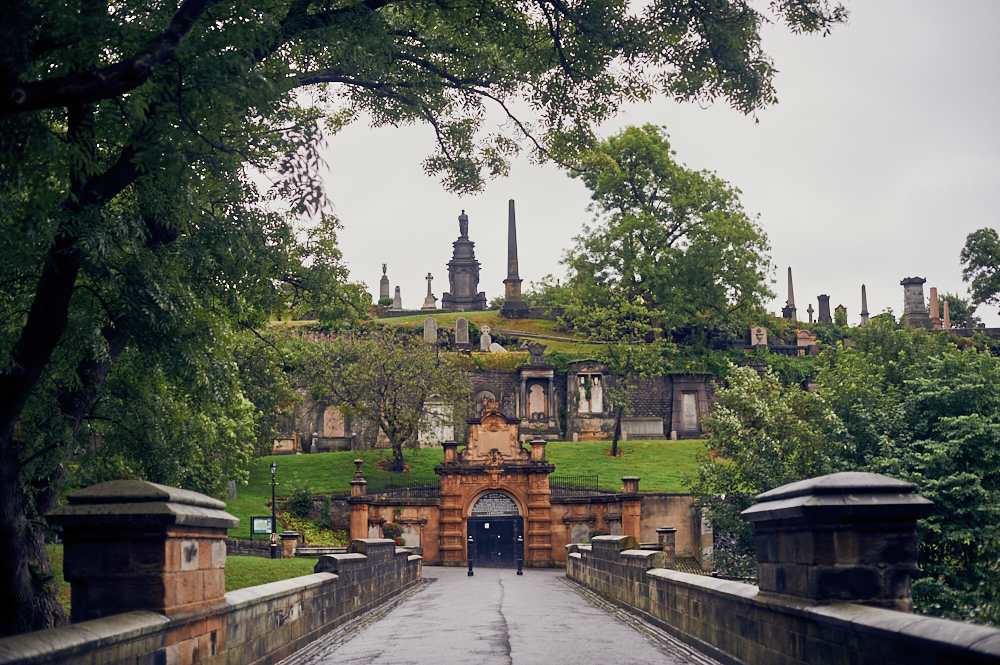


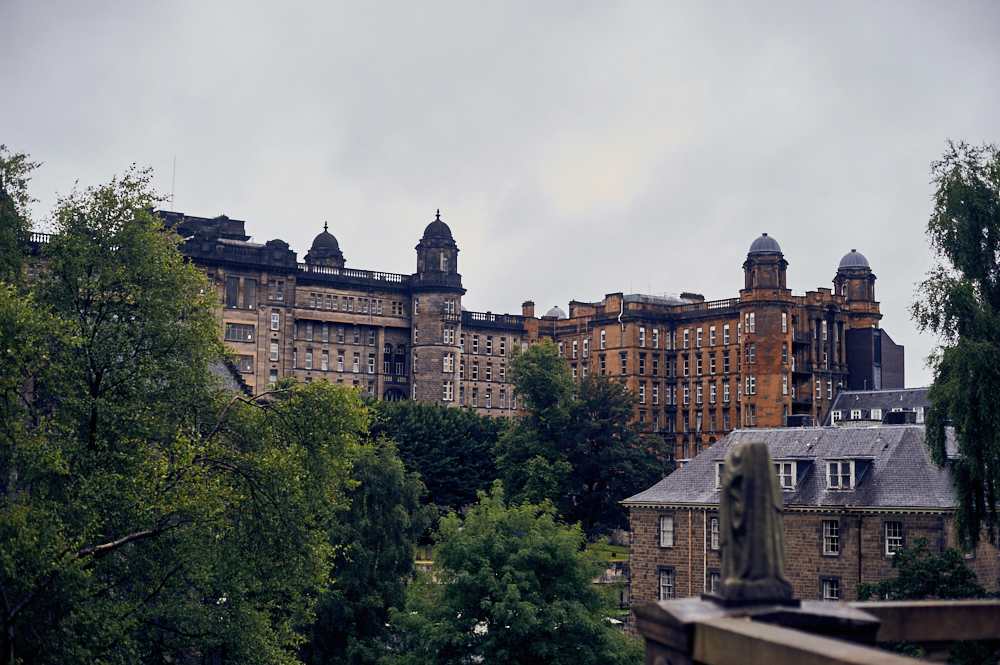
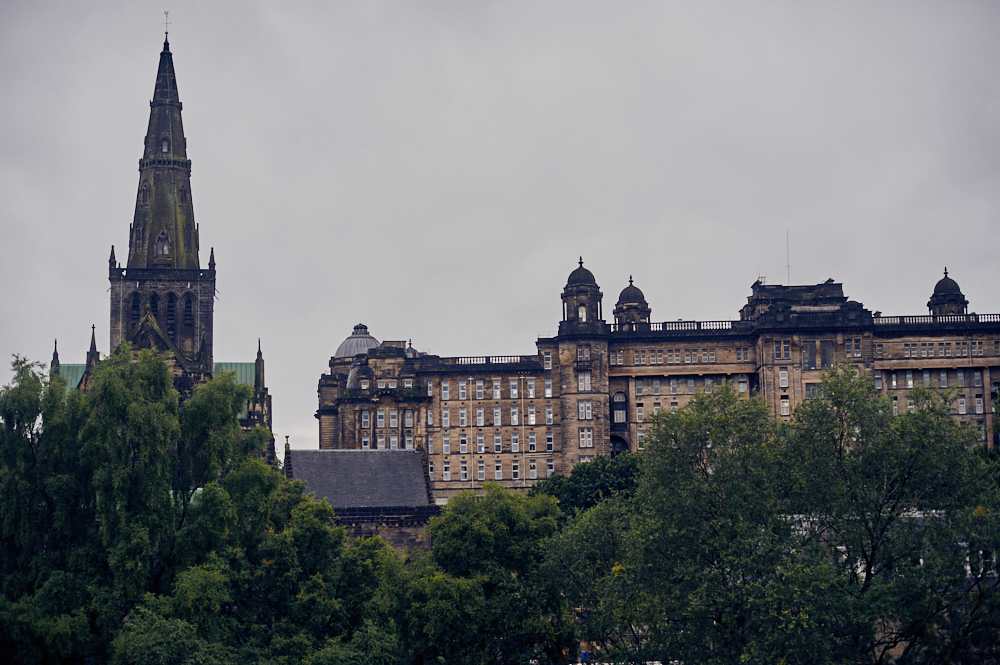
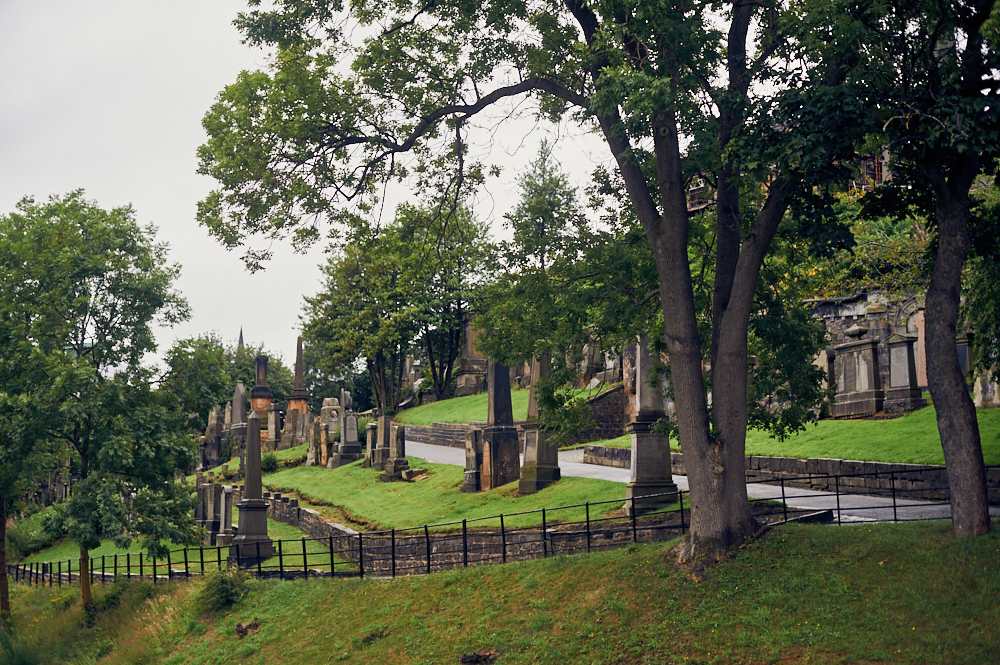

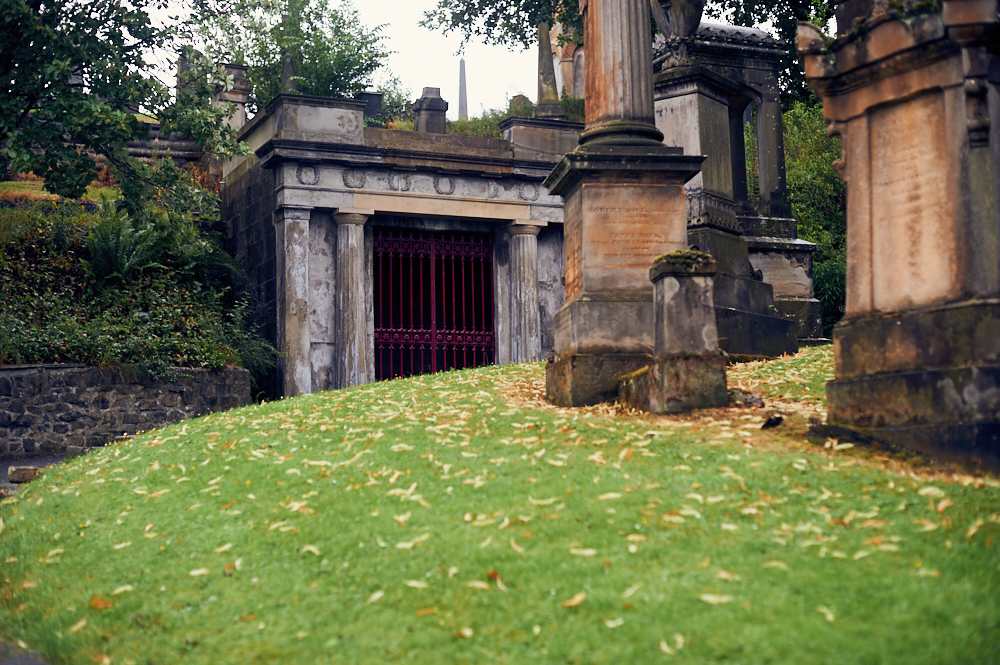
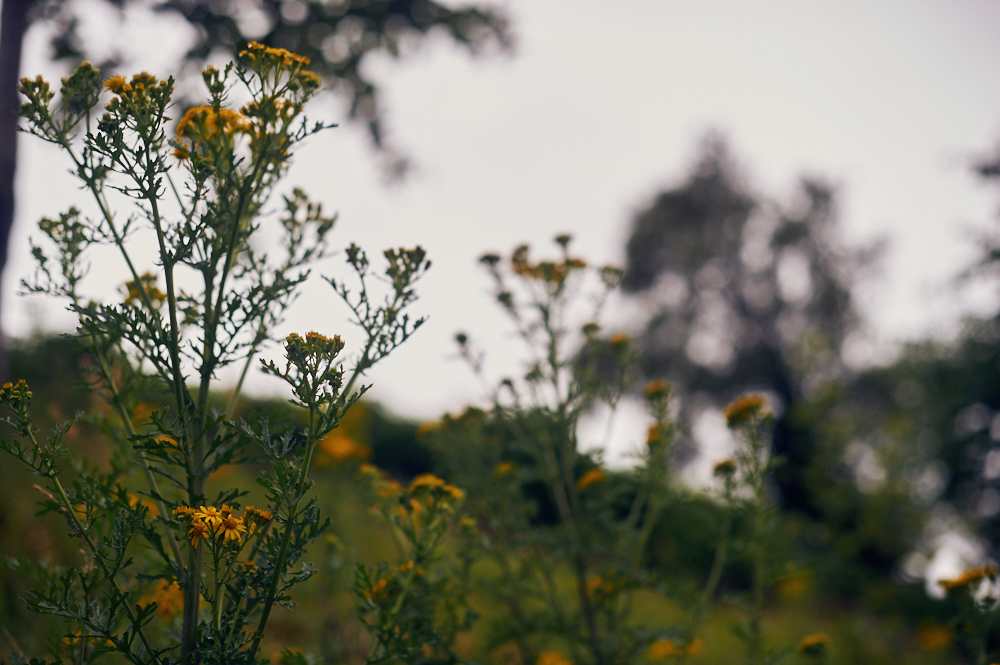
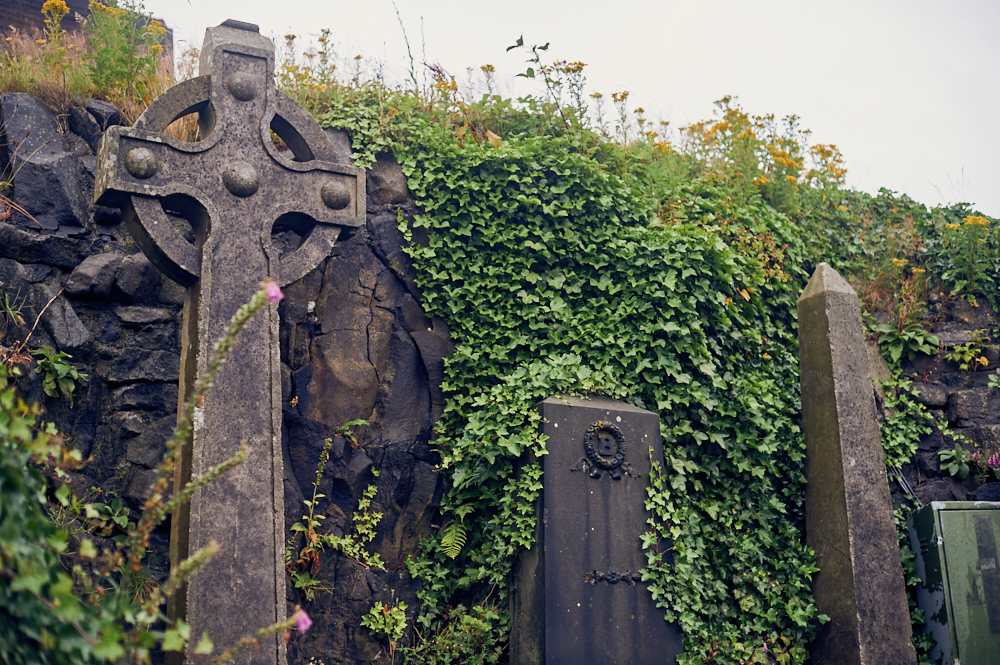
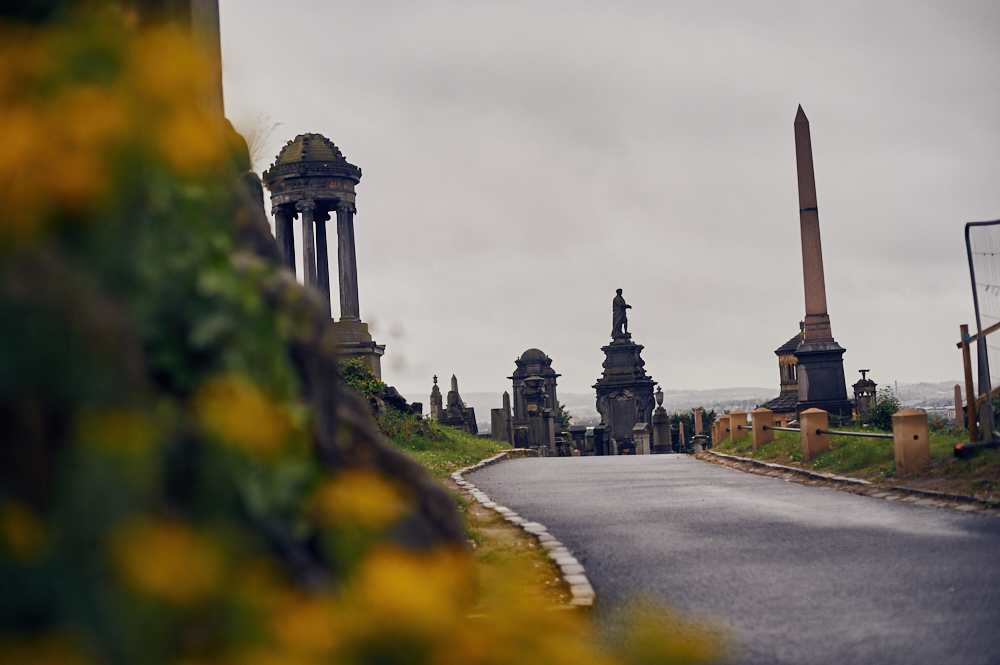

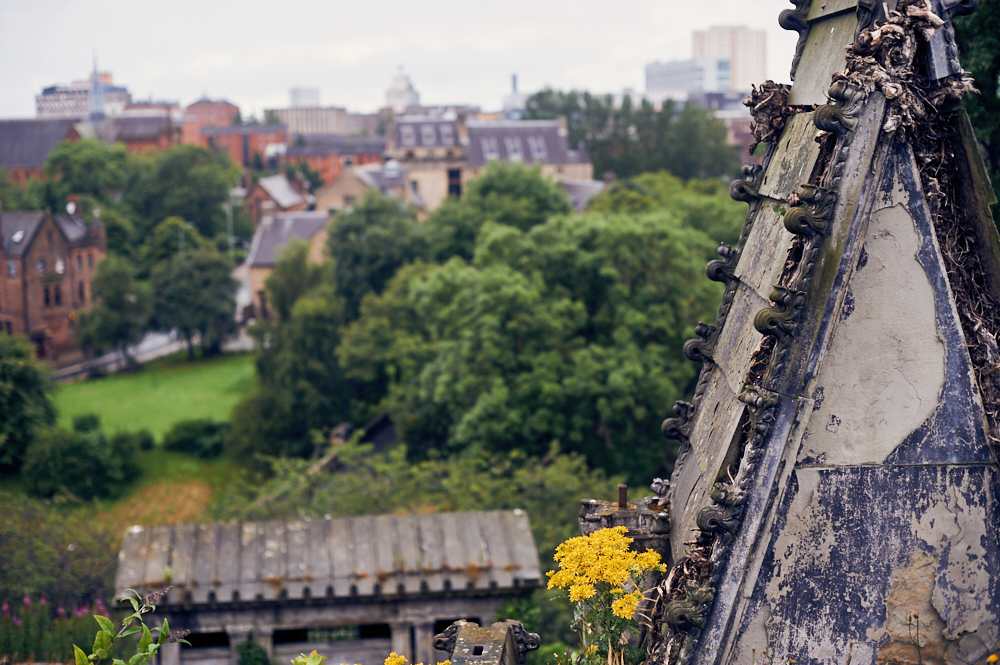
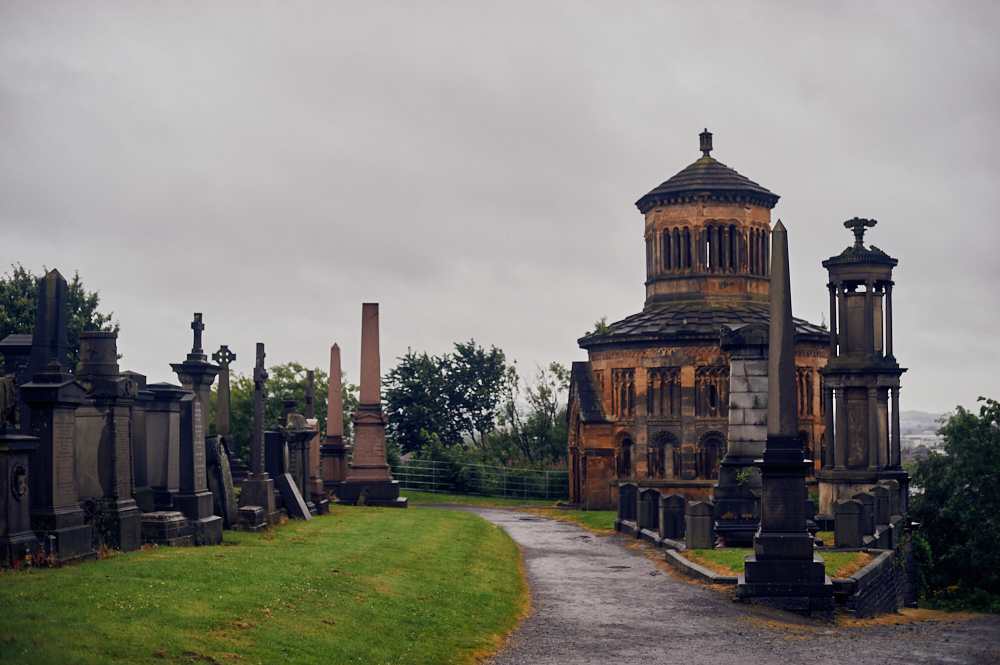
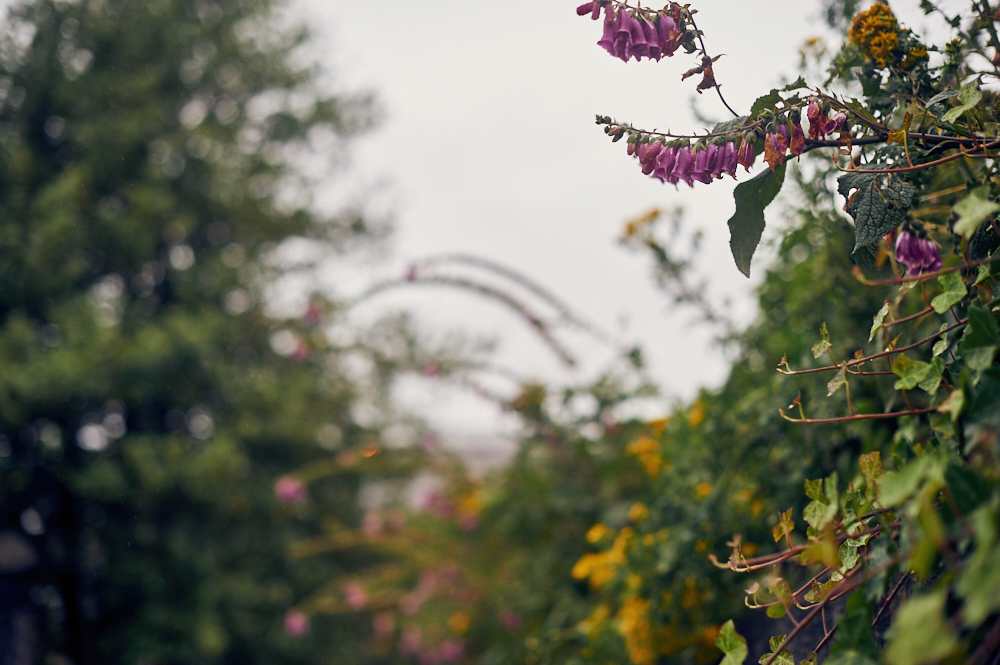

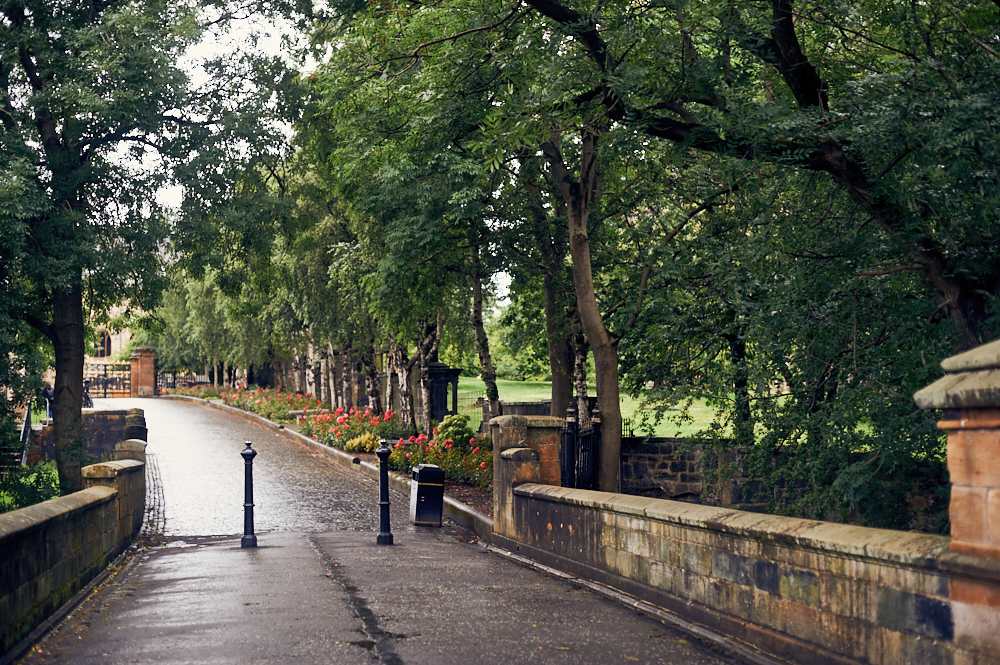
Leave a Reply